CP5: Function of soil organisms in NOcsPS cropping systems
The application of pesticides induces very often at least a short-time reduction of microbial and faunal abundances (e.g. earthworms) (Rodriguez-Campos et al. 2014). To avoid pesticide use completely could be a method to increase the protection of the environment and resources. It could be also a strategy to support abundance, diversity and functions of soil microorganisms as well as the function of earthworms as ecosystem engineers in comparison to conventional cropping systems.
The aim of this project is to show whether avoidance of pesticide use stabilizes important functions of soil microorganisms (functional traits) and soil fauna (e.g. earthworms) in the long-term.
In detail, we will test the following hypotheses:
- In comparison to the conventional cropping system, NOcsPS cropping systems lead to an increase of the functional diversity of soil microorganisms and to an increase of the abundance of earthworms and other beneficial animals/organisms.
- Different cropping systems (equidistant row spacing vs. normal seeding) change not only the distribution of roots of crops, but also the efficiency of microbial decomposition.
- Earthworms and beneficial arthropods could profit from avoiding pesticide use but this positive effect must be put into perspective with the need of enhanced tillage intensity within the new cropping system.
Soil microbiological and faunal analyses will be performed on soil samples derived from the two newly established field experiments in Hohenheim and Dahnsdorf that will compare agricultural practise avoiding pesticide use and conventional agricultural practices. Soil samples form a depth of 0-20 cm will be taken during the main growth period of the different crops.
The following soil biological characteristics will be assessed:
- Soil respiration
- Microbial carbon and nitrogen content
- Microbal community structure (phospholipid fatty acids)
- Microbial release of plant available nutrients (soil enzyme activities)
- Abundance and diversity of earthworms
- Abundance and diversity of selected beneficial ainmals (e.g. predatory mites)
The extraction and determination of soil animals (earthworms and predatory mites) will be performed after a period of three years of the field experiments.




